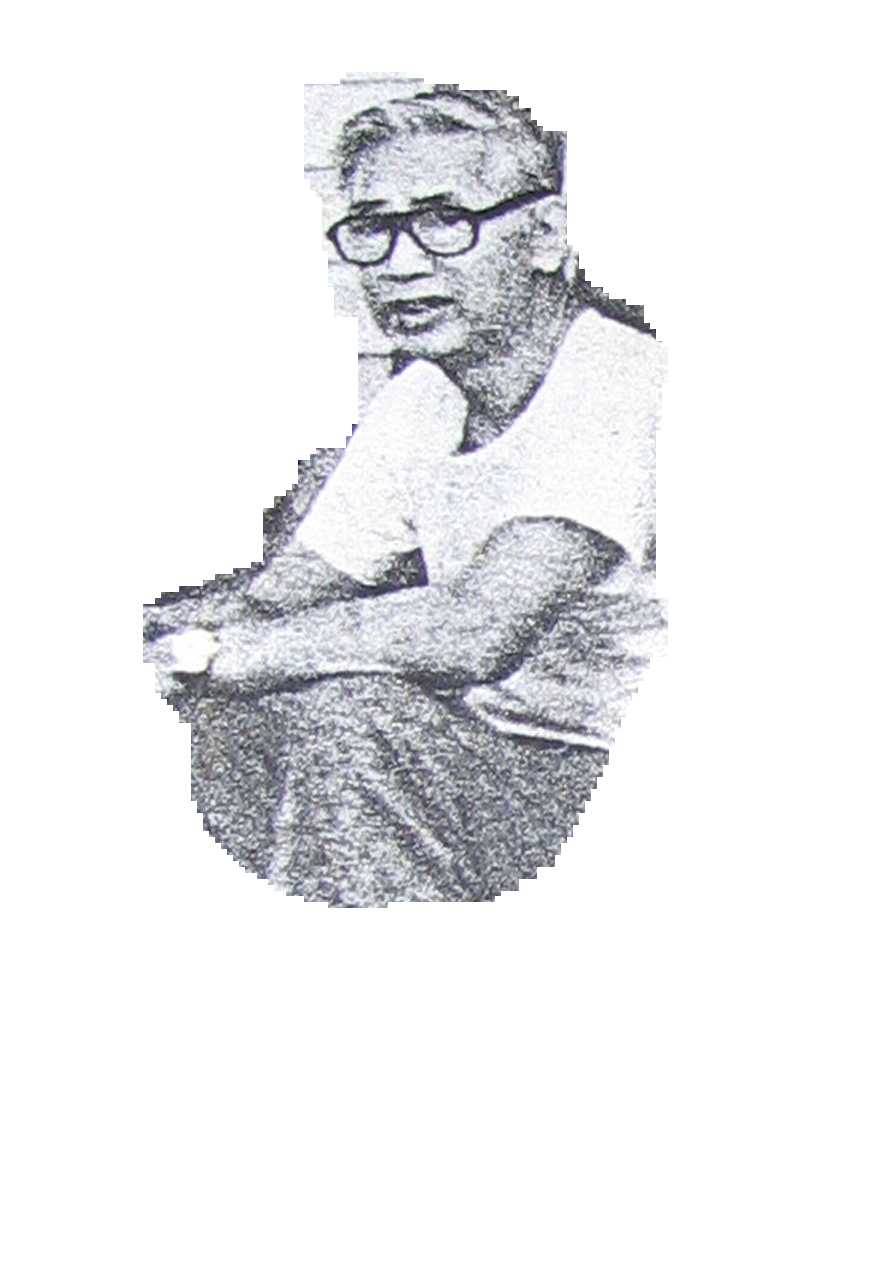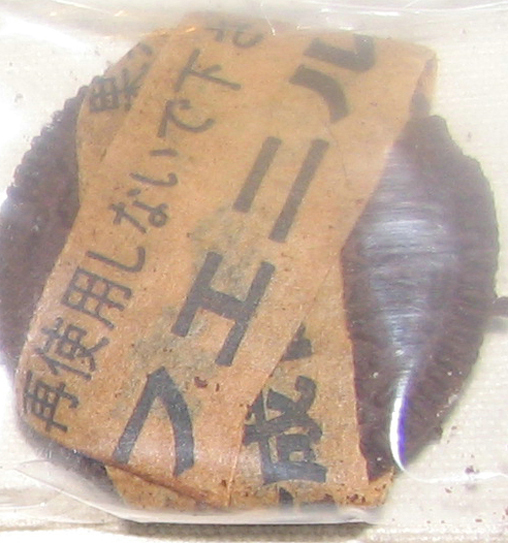|
Read 12921219 times
Connect me to:
|
Who Keeps a Cooking for Thirty Years?Personal Perspectives
Fall Volume: 2008 Issue: 15(3) page(s): 27
In August 1978 I was selected as Chief of a color war team at Camp Idylwold for Boys. It was an honor for a boy who, in eleven summers on Schroon Lake in the Adirondack Mountains, had matured from whining camper to Waterfront Director. The camp chef for all these years and more was John Pin, born Yeh Gum Pei. His picture is on this page. Lots of camp meals were mediocre but when John cooked from scratch, the food was marvelous. His pot roast and BBQ chicken recipes are the stuff of legend. "Pincakes" were an awfully-heavy breakfast, and his French toast wasn't too bad. John relished holding up a leftover piece for the camp dog, who'd get visibly excited. "Ahh Duke, he ah-ruvva my Flench toast" our Chef would exclaim.  John's accent was kinda thick. Once he told me "I aska you for da fugkin' mussid and you giva me da godamma catsup." When I foolishly wore a tattered t-shirt into his kitchen, John slashed off the shredded edges with his cleaver. Years after befriending his son Michael, I heard about the time a dentist quoted a high price for tooth removal, so John went home and did it himself, tying a string from his molar to the door, and slamming it shut. John's accent was kinda thick. Once he told me "I aska you for da fugkin' mussid and you giva me da godamma catsup." When I foolishly wore a tattered t-shirt into his kitchen, John slashed off the shredded edges with his cleaver. Years after befriending his son Michael, I heard about the time a dentist quoted a high price for tooth removal, so John went home and did it himself, tying a string from his molar to the door, and slamming it shut.
When asked about his stint as a chef in the Chinese navy, John said he cooked whatever was netted. I asked "how did you know which kind of crab you had?" He replied, "a clab is a clab." When Chef heard I was color war chief, he called me into the kitchen. I got nervous. After all, this was the guy who'd harangued me incessantly for behaviors like eating ten homemade meatballs and not touching the packaged spaghetti.  My fears were for naught. This time John had a gift and some kind words. He handed me a cookie (shown on this page) into which he had inserted an Asian message, explaining that in the olden days, Chinese warriors hid secret messages inside baked goods. Was this practice the inspiration for the fortune cookie created centuries later in California? My fears were for naught. This time John had a gift and some kind words. He handed me a cookie (shown on this page) into which he had inserted an Asian message, explaining that in the olden days, Chinese warriors hid secret messages inside baked goods. Was this practice the inspiration for the fortune cookie created centuries later in California?
John passed away in the late 1990's and his son Mike and I visited Mike's mom--John's wife Rose, a month or so later. She was an even better cook than her husband. The first thing she served was the very last dish John had made--ha cha, or salty preserved crab claws with hot chile. A dab over rice makes a fabulous first bite! The Oreo fortune cookie is probably the only food remaining on earth prepared by John Pin. When I took it out of its reliquary to show to my Japanese Ehime-born wife, she informed me the writing on the 'fortune' is Japanese. Did she know fortune cookies originated in her country of birth? Did John know that? What do you know about the origin of fortune cookies?
_____
Harley Spiller, Associate Editor of this magazine, has had many Asian, even Chinese-related experiences, including those with John Pin. Did John know that many believe the fortune cookie really had origins Japanese? Perhaps you read something in the New York Times. Maybe you read The Fortune Cookie Chronicles by Jennifer 8 Lee. Learn more about the origin of this now ubiquitous Chinese cookie in Brett Newman's fortune cookie article in the next issue of Flavor and Fortune.
|

 John's accent was kinda thick. Once he told me "I aska you for da fugkin' mussid and you giva me da godamma catsup." When I foolishly wore a tattered t-shirt into his kitchen, John slashed off the shredded edges with his cleaver. Years after befriending his son Michael, I heard about the time a dentist quoted a high price for tooth removal, so John went home and did it himself, tying a string from his molar to the door, and slamming it shut.
John's accent was kinda thick. Once he told me "I aska you for da fugkin' mussid and you giva me da godamma catsup." When I foolishly wore a tattered t-shirt into his kitchen, John slashed off the shredded edges with his cleaver. Years after befriending his son Michael, I heard about the time a dentist quoted a high price for tooth removal, so John went home and did it himself, tying a string from his molar to the door, and slamming it shut.  My fears were for naught. This time John had a gift and some kind words. He handed me a cookie (shown on this page) into which he had inserted an Asian message, explaining that in the olden days, Chinese warriors hid secret messages inside baked goods. Was this practice the inspiration for the fortune cookie created centuries later in California?
My fears were for naught. This time John had a gift and some kind words. He handed me a cookie (shown on this page) into which he had inserted an Asian message, explaining that in the olden days, Chinese warriors hid secret messages inside baked goods. Was this practice the inspiration for the fortune cookie created centuries later in California?